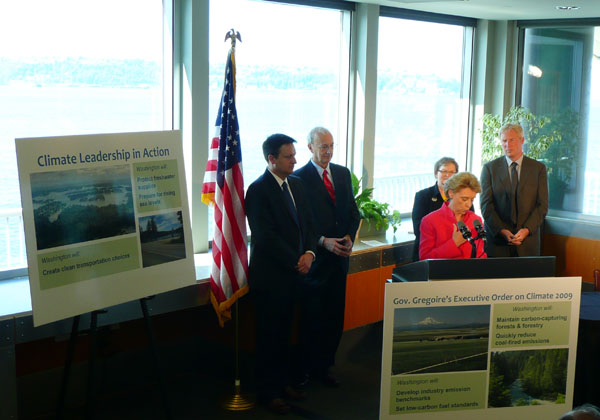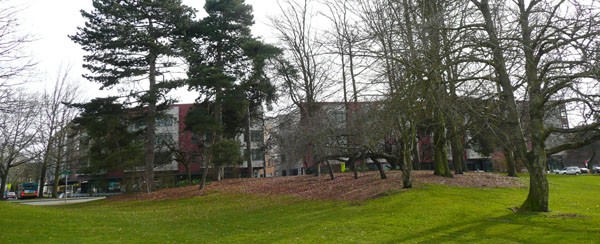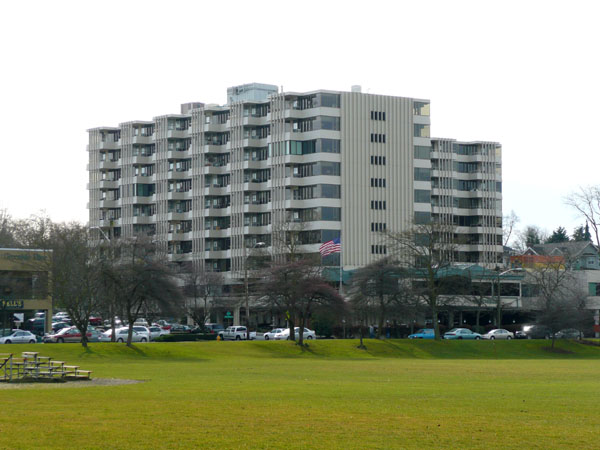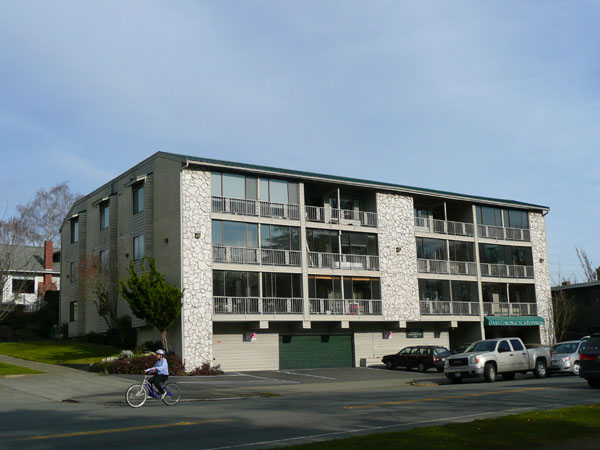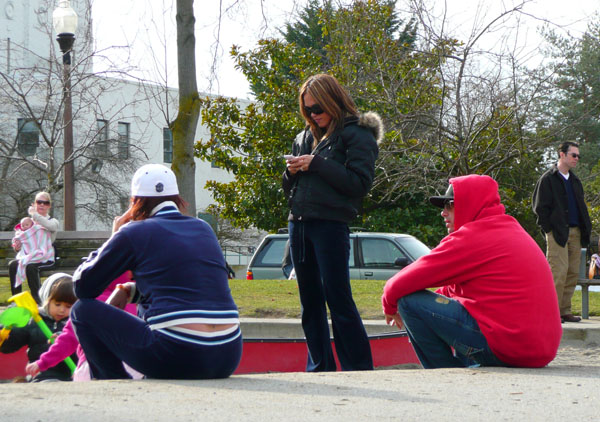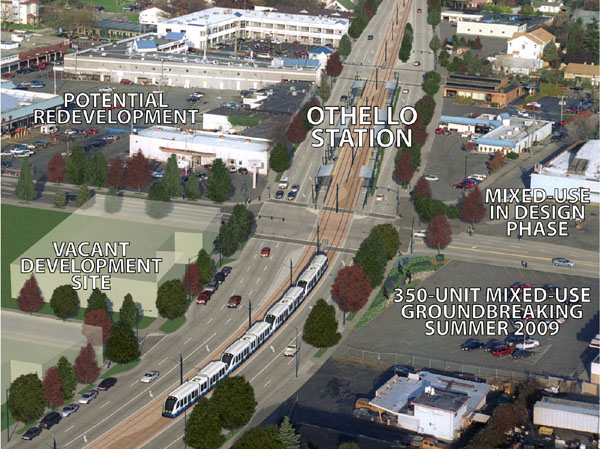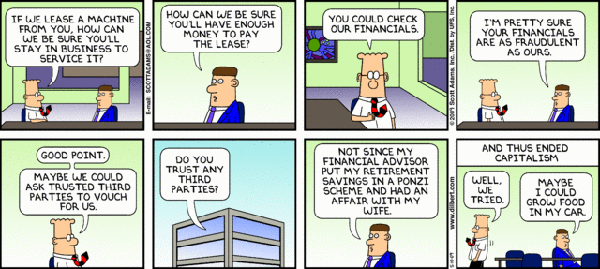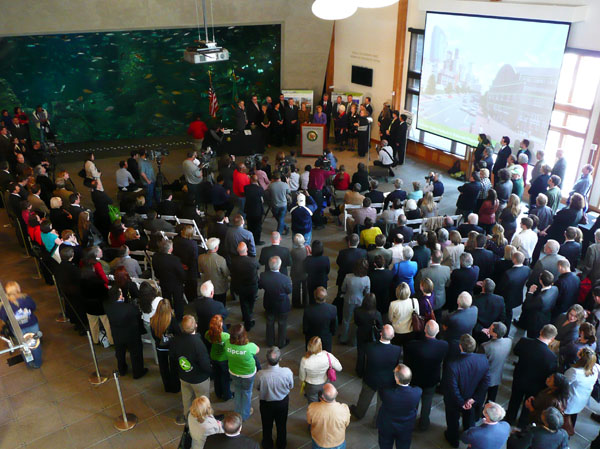UPDATE:Â didn’t mean to lock down the comments — they’re now back open, no need to register.
Two evenings ago I started working on a new post, hit the save button, and was redirected to the hugeasscity homepage. Went back, and found that my draft was not saved. Tried again. And again. Same deal. Busted.
The horror… Â the horror…Â
WordPress apparently just up and decided it didn’t feel like working anymore. I hadn’t changed anything, wasn’t doing anything different.  That computer systems can and often do fail inexplicably like this is, pardon my French, completely fucked.Â
So I was totally locked out of creating or editing anything on the blog. I couldn’t even post something about how the site was broken. Frozen in time on a photo of pink dogwood flowers.
The Yahoo support guy in India told me it was WordPress’s problem not theirs. WordPress is open source code, so OK fine, I’m on my own, you get what you pay for. I know just enough about this stuff to be dangerous. It’s like trying to diffuse time bomb without knowing which color wire to cut. First I tried all the obvious and benign things — turn off plugins, switch to default theme, the database “repair” button (whatever the hell that does), but nada.
So I googled. Others had experienced the same problem, but the only solution offered was to upgrade. I’ve got techie roots, but something about the process of flailing away at computer code that I barely understand turns me into a mean and ornery man. Hack hack hack, I’d rather be in the dentists chair.Â
Somehow the first unzip of the WordPress upgrade is hosed but I don’t realize it so the install fails, then I take some shots in the dark at other bits that may or may not have anything to do with anything, and then later in the day, just for the hell of it, I unzip that wordpress download again, and huh? — didn’t see those three folders in there the first time, so in they go, and then it says database update required and I recall reading that Yahoo WordPress SQL format is different from the standard, and then uh-oh, five database errors listed, but then at the bottom the message says “database update successful,” and then sweet Jesus and holy shit, there it is, HAC back in all its glory, all upgraded and looking fresh and innocent as if nothing  ever happened.
And yes, it lets me write new posts and edit again.
But not so fast. The main page shows fine, but individual post pages and comments won’t display. Google again, and of course others have had this problem too, and so I’m clicking, skimming the arcane techno-babble, hoping for a miracle, and ZAM! a link to an obscure plugin that fixes the problem, just a single line of magic code:
<?php
/*
Plugin Name: Disable Canonical URL Redirection
Description: Disables the "Canonical URL Redirect"Â
features of WordPress 2.3 and above.
Version:Â 1.0
Author: Mark Jaquith
Author URI: http://markjaquith.com/
*/
remove_filter(‘template_redirect’, ‘redirect_canonical’);
?>
It could only have been God’s will. Can I get a witness? Who in the world is this guy Mark Jaquith who just totally saved my butt through his generous geekery? I’ll never know. Miraculous, this webby web. Though also, I would submit, a deadly lonely place – endless, endless data, but not a soul to help you understand which parts matter, or what any of it means .Â
The footer of the wordpress.org site has a tag line that reads “CODE IS POETRY.” Right, and war is peace. But don’t tell the coders — we best be letting them feel good about what they do.Â




